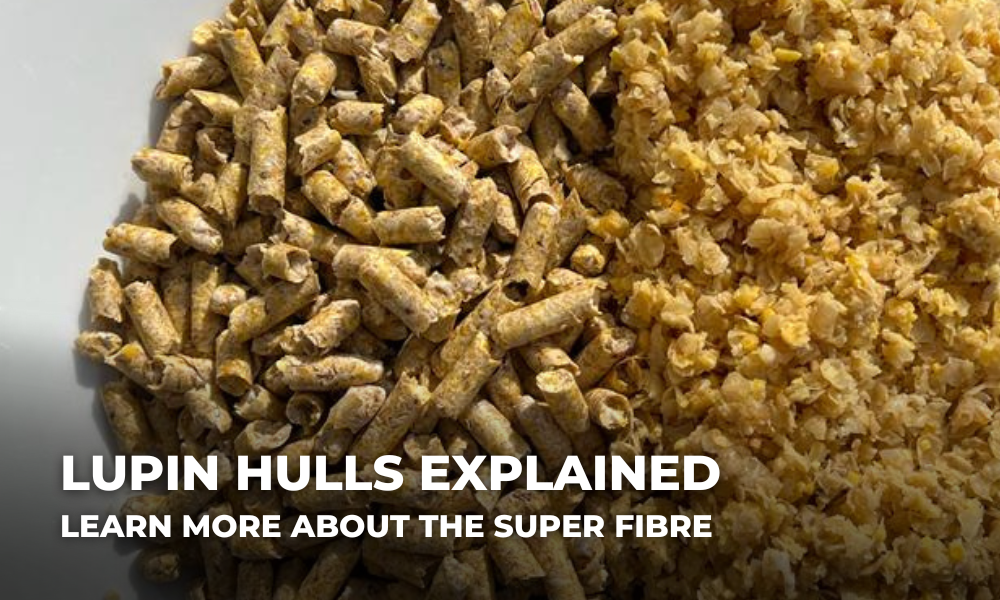
08 Aug Lupin Hulls Explained – Learn more about the super fibre!
You may have seen that we’ve launched a new horse feed made from 100% Lupin Hulls so in this blog post we’ll be explaining more about what Lupin Hulls actually are, what makes them a super fibre and why they’re the star ingredient of our Lupin Fibre Cubes.
What’s in this article:
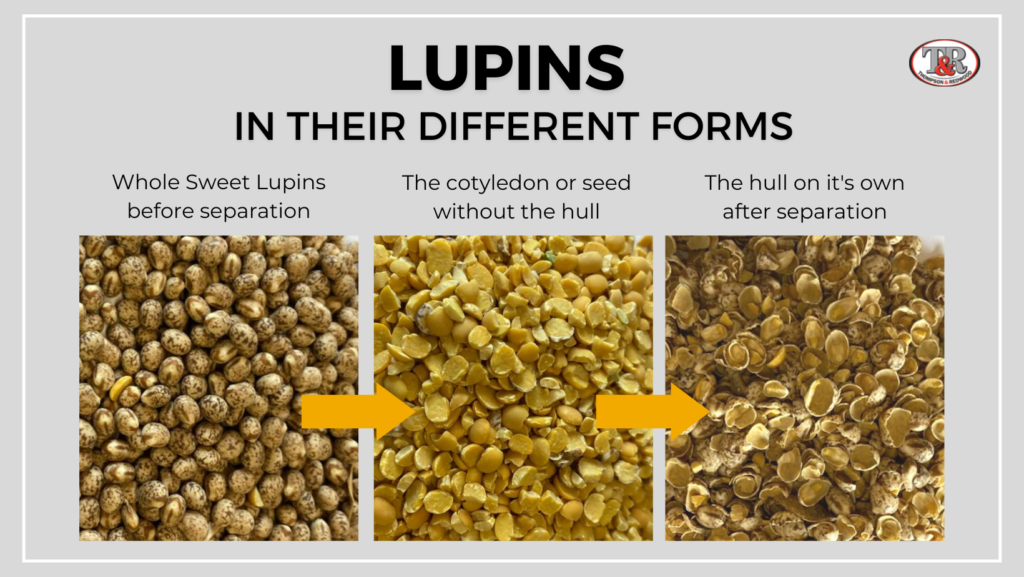
WHAT ARE LUPIN HULLS?
Proteins are the building blocks for repairing bones, ligaments, tendons and muscles. If your horse does not get enough and their Essential Amino Acids (EAAs) and reserves are used up then you might start to illnesses, sickness, lameness or both. So even though we shouldn’t overfeed proteins, we have to be careful not to underfeed them too!
What makes lupin hulls a super fibre source?
Lupin hulls as a cool, nutritious energy source
Fibre is so much more than just fill! Digestible fibre is considered to be an optimal energy source for many horses and ponies as their digestive systems have evolved over thousands of years to ferment plant fibres. They not only get energy from it, but important nutrients too!
Like we mentioned above, horses can’t actually digest the fibre in their diet, they are ‘hindgut fermenters’ so they rely on the good bacteria in their gut to ferment the fibre for them. This process produces Volatile Fatty Acids (VFA’s) which are then absorbed by the horse and used directly as a fuel source in the cells, or converted to glucose (an essential form of energy), glycogen (the form of glucose stored in the muscles for use later) or fat. The energy that comes from fibre is slow release sustained energy, because the products of fermentation can be used for energy long after the initial meal. The low sugar and starch also makes this a cool energy source as it doesn’t cause glucose and insulin spikes when digested.
The fermentation of fibre in the gut also produces really important vitamins including Vitamin B1, Vitamin K and biotin which are part of a their essential daily nutrient requirements.
Lupin Hulls are high in digestible fibre which makes them an ideal source of cool, slow release energy.
What make Lupin Hulls safe for Laminitis, Metabolic Condition and Ulcer Prone horses?
Let’s talk about sugars and starches. Simple sugars and starches (Non-structural carbohydrates or NSC) are present in feed ingredients and are readily absorbed in the small intestine and converted into glucose.
The glucose that comes from Non Structural Carbohydrates is actually a really important energy source for Performance Horses, as it is vital for fuelling anaerobic respiration (fast, high intensity work). When sugars and starches are part of a balanced diet with appropriate work levels a horse can usually use them efficiently. When a healthy horse consumes NSCs the glucose in the bloodstream increases and so does the insulin (hormone) in the bloodstream. The insulin then moves the glucose out into the cells to be used.
Where too much sugar and starch becomes an issue is if it is fed in excess and overloads the small intestine, or if your horse or pony is prone to laminitis or metabolic conditions like PPID, EMS etc. In horses with metabolic syndrome, insulin resistance & PPID, the insulin doesn’t appear to work correctly, and the amount needed to bring blood glucose back to normal is far higher than usual, leaving excessive levels of insulin in their system for prolonged periods. This is not a good state for their body to be in, and so a diet low in NSCs helps to reduce the amount of insulin being produced in their body.
The junk mail analogy – A good analogy for what happens in horses with insulin resistance is that the body switches off as if it was receiving too many junk emails. Let’s say your horse’s body is a bit like your email inbox. You get emails each day that give you different information and value. You also get some junk mail. Now a bit of junk mail is ok, you read about a special promotion that is relevant, some new saddle pads etc.
But then you start getting more junk mail. And it takes you longer to get through it all so you start to ignore it. And then you get more. And you ignore more of the junk mail. And then your inbox is mostly junk mail so you just delete it all. BUT then you delete the important emails that were hidden in there too. So we try to reduce the amount of junk mail coming in to make it easier to sort through and read our important emails again.
Compare the Fibre Sources
Lupin Hulls and Beet Pulp – what’s the difference?
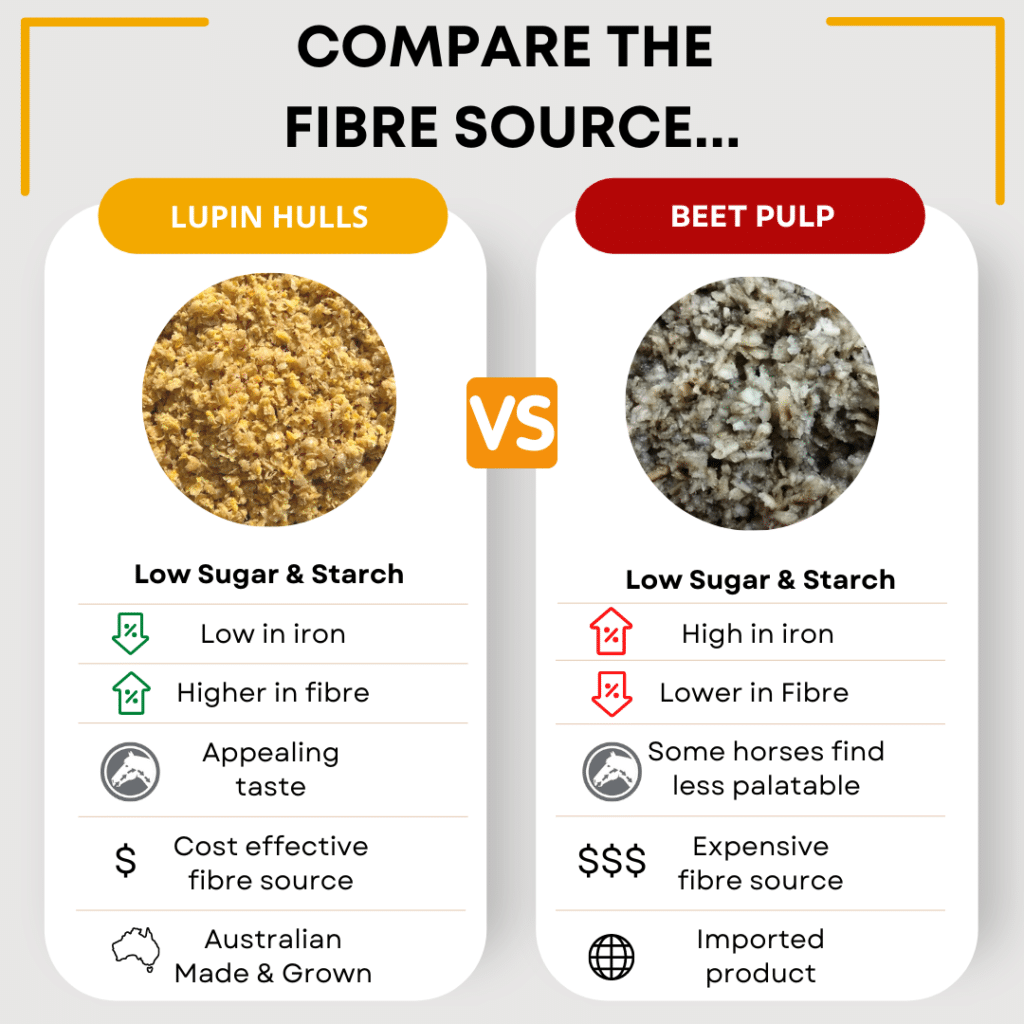
Iron levels:
Palatability
Where is it made?
Cost-effectiveness
Lupin Hulls and Soy hulls - what's the difference?
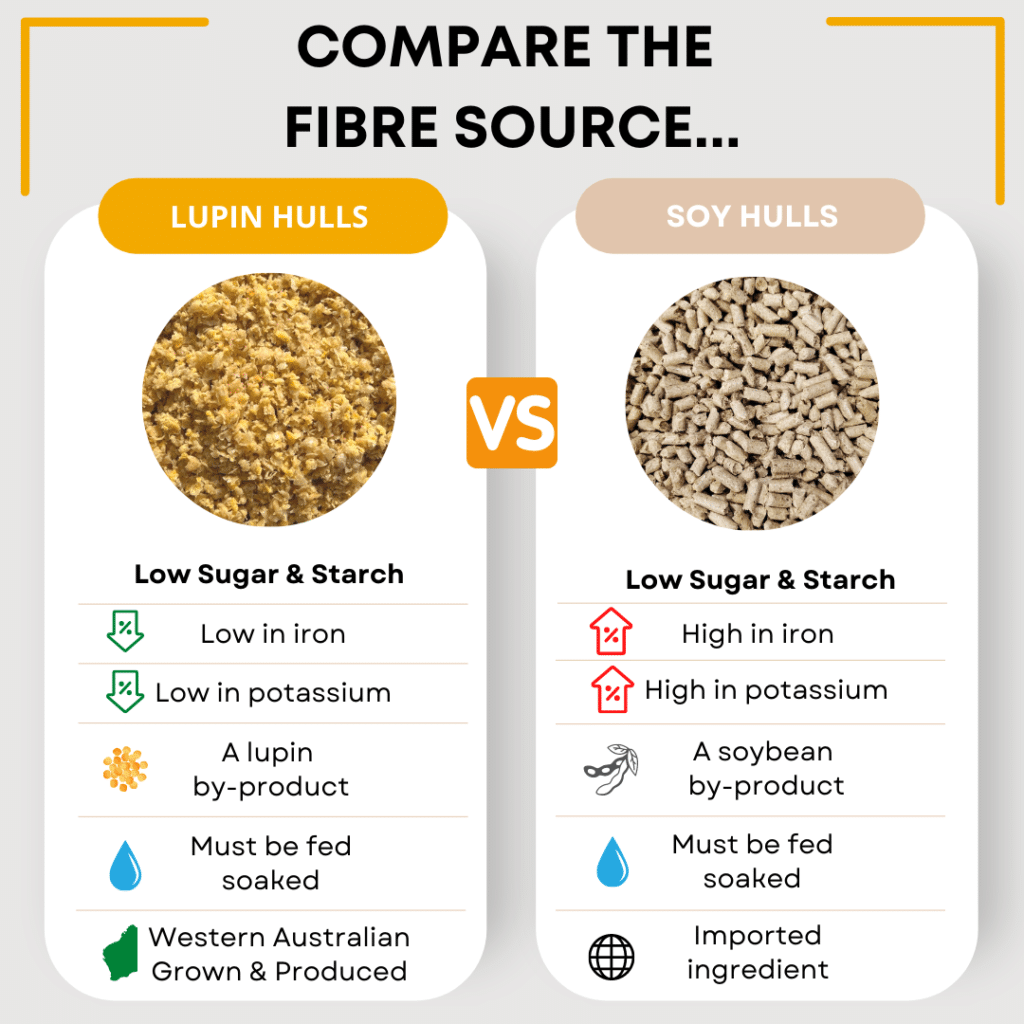
Iron content
Potassium content
Where are they made?
Lupin Fibre cubes - 100% Lupin Hull cubes
Our new super fibre, low sugar and starch mash feed
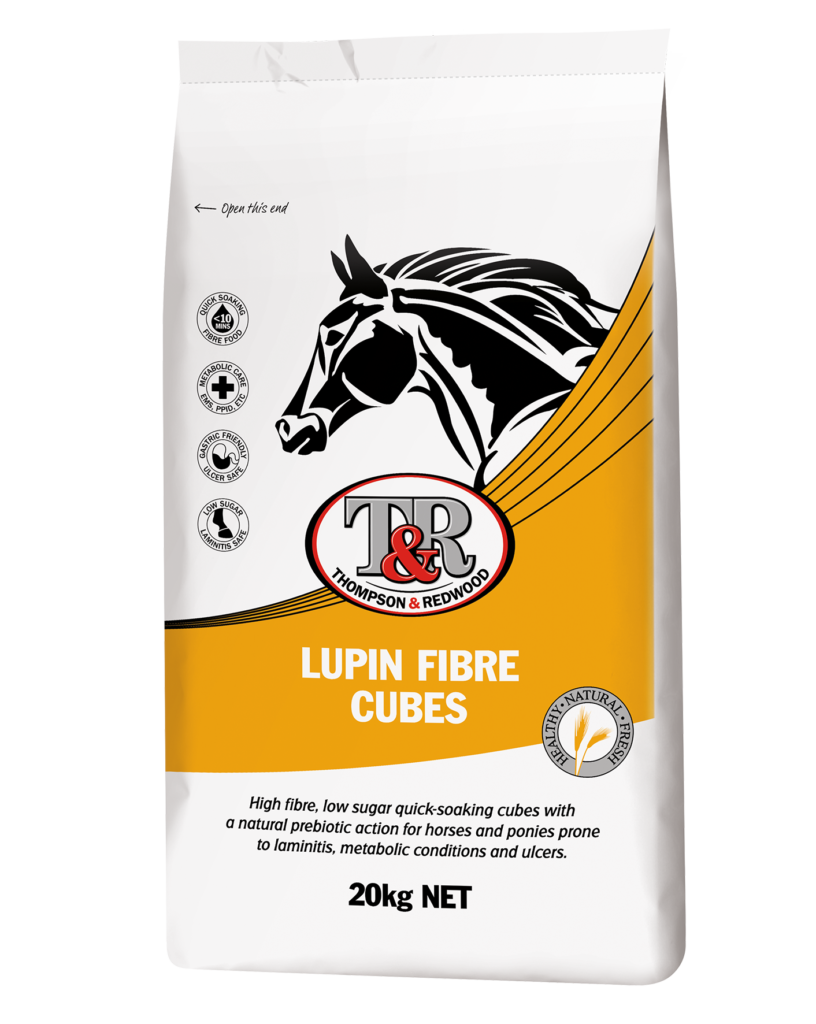
Lupin Fibre Cubes are high fibre, low sugar quick-soaking cubes with a natural prebiotic action for horses and ponies prone to laminitis, metabolic conditions and ulcers. These super-fibre cubes can be used as a feed base for overweight horses or ponies or to help with weight gain in horses those needing a boost.
-
Highly palatable and ideal for horses and ponies with poor dentition or fussy eaters
-
Adaptable and versatile fibre feed source for all horses and ponies. Compatible to feed with any T&R Mueslis, Pellets or Cubes
-
Low sugar and starch feed (NSC 5.3%) that is suitable for horses and ponies prone to laminitis, ulcers, EMS, PPID and other metabolic conditions
-
High levels of natural pectins (prebiotics) to assist with growth of healthy gut bacteria
-
Soaks into a delicious mash that aids hydration
-
Made from 100% Western Australian grown Lupins
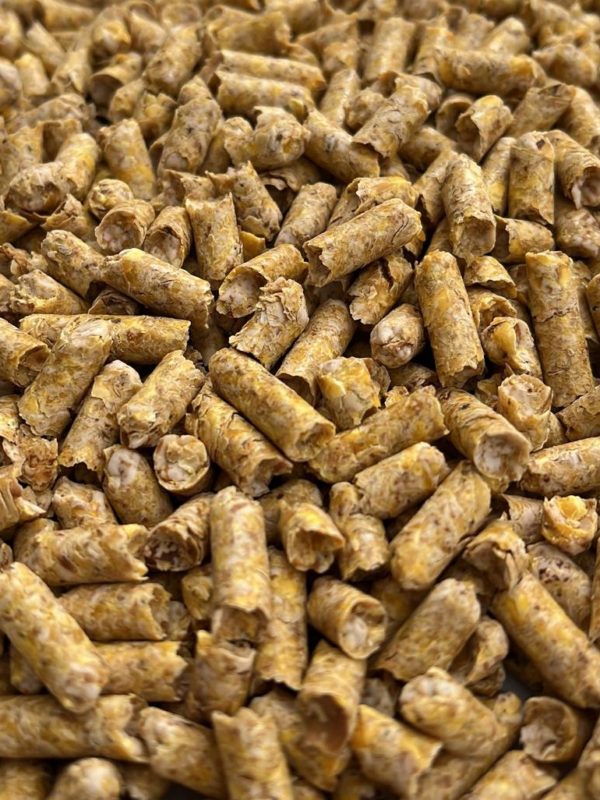
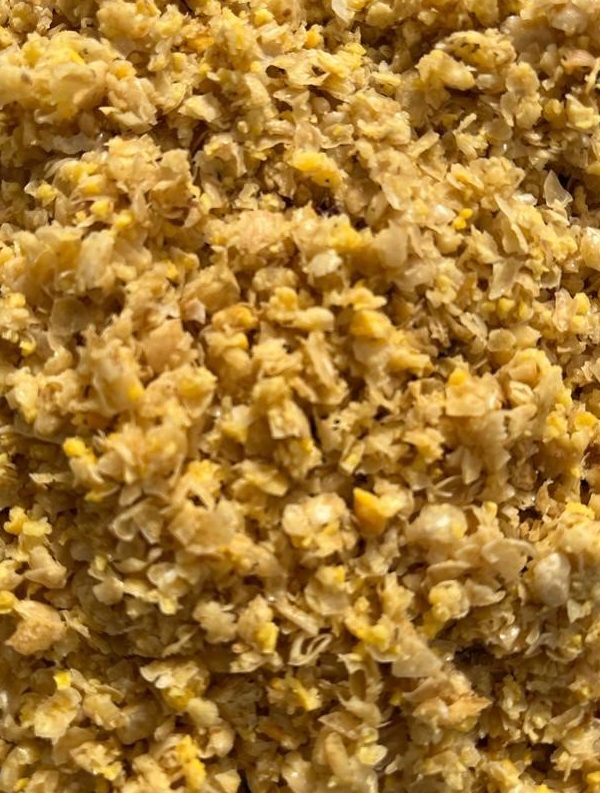



Geoff Barnard
Posted at 02:07h, 03 NovemberAny good for sheep?
Thompson and Redwood
Posted at 04:13h, 03 NovemberHi Geoff, yes it would be a suitable fibre and protein source for sheep. It does expand substantially when wet which needs to be taken into account when feeding. We recommend introducing the product slowly and monitoring.
Beverly
Posted at 08:52h, 03 NovemberAre your Lupin Cubes and your Lupin Hulls the same thing?
Thompson and Redwood
Posted at 02:33h, 06 NovemberHi Beverly, our Lupin Fibre Cubes are our 100% Lupin Hull product. They are made from Lupin Hulls compressed into a cube form.